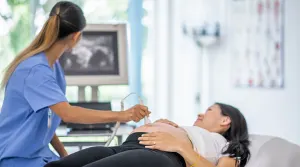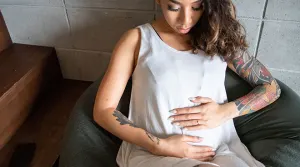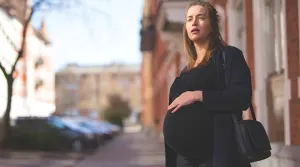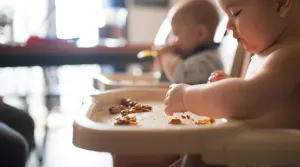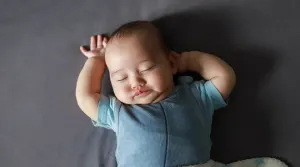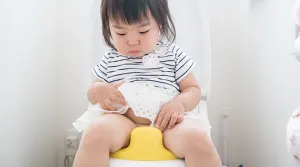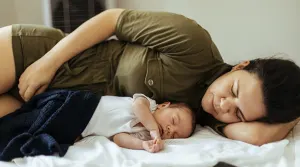FDA and HHS Announce Plan to Phase Out Artificial Food Dyes
For years, parents and watchdog organizations have pushed for more transparency and stronger regulation around what goes into their children’s food. Now, more changes are on the way. The US Department of Health and Human Services (HHS) and the US Food and Drug Administration (FDA) have announced plans to phase out petroleum-based synthetic dyes from the nation’s food supply. From snack time to school lunches, see what parents need to know about the new plan to ban food dyes below.
What’s Changing
In an announcement last week, the FDA and HHS outlined a five-part plan to eliminate synthetic dyes from foods, introduce new natural alternatives, and expand research into the effects of food additives. Key initiatives include:
- Establishing a national standard and timeline for the food industry to transition from petrochemical-based dyes to natural alternatives.
- Revoking approval for two synthetic dyes, Citrus Red No. 2 and Orange B, within the coming months.
- Phasing out six additional synthetic dyes: FD&C Green No. 3, FD&C Red No. 40, FD&C Yellow No. 5, FD&C Yellow No. 6, FD&C Blue No. 1 and FD&C Blue No. 2 by the end of next year.
- Introducing natural alternatives: Four new natural color additives will be authorized in the coming weeks, with the FDA fast-tracking the review of others, including calcium phosphate, Galdieria extract blue, gardenia blue and butterfly pea flower extract.
- Enhancing research: The FDA will partner with the National Institutes of Health (NIH) to conduct comprehensive studies on how food additives may impact children’s health and development.
- Accelerating the removal of Red No. 3: Food companies are being asked to eliminate FD&C Red No. 3 sooner than the previously required 2027–2028 timeline.
Why The Ban Matters for Families and Young Children
For parents, the ban addresses growing concerns about the safety of artificial dyes in foods that children commonly consume. Advocacy groups like the Center for Science in the Public Interest, Consumer Reports, and several lawmakers have raised alarms about the potential risks of synthetic dyes—ranging from behavioral impacts to carcinogenic concerns—especially for young children, who consume more dye relative to their body weight than adults.
“Today, the FDA is asking food companies to substitute petrochemical dyes with natural ingredients for American children as they already do in Europe and Canada,” said FDA Commissioner Marty Makary, MD, MPH. “We have a new epidemic of childhood diabetes, obesity, depression, and ADHD. Given the growing concerns of doctors and parents about the potential role of petroleum-based food dyes, we should not be taking risks and do everything possible to safeguard the health of our children.”
The new plan builds on recent efforts at both the national and state level to limit artificial dyes in foods. Earlier this year, the FDA banned Red Dye No. 3 in foods, candy and more, citing health concerns. Just months before, California passed new legislation restricting certain dyes in school lunches. While more research is underway, these changes mean families will likely see fewer artificial dyes on grocery store shelves in the years ahead.
Please note: The Bump and the materials and information it contains are not intended to, and do not constitute, medical or other health advice or diagnosis and should not be used as such. You should always consult with a qualified physician or health professional about your specific circumstances.
Navigate forward to interact with the calendar and select a date. Press the question mark key to get the keyboard shortcuts for changing dates.

